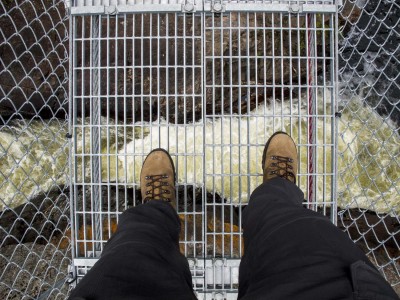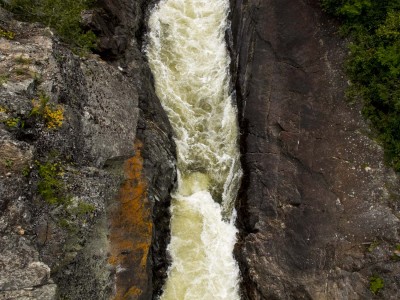Sure footing’s never a guarantee when exploring the wilderness.
Hikers wear thick treaded boots with hard rubber soles that grip the rocks and dirt and gnarled roots underfoot.
Nature’s tenacity often overcomes the limitations of our own footwear and a spill (or stumble) inevitably follows. Except when you reach a man-made suspension bridge miles into the backcountry with a metal grated foot bed.
The White River suspension bridge in Canada’s Pukaskwa National Park is a perfect example of surefootedness – a simply engineered, 98-foot long structure that replaced a rickety, wooden bridge.
I’m not one for heights, but like a tease once in a while. As I crossed the bridge, I looked down at the frothing rapids snarling 75 feet underfoot. I didn’t get dizzy, but still felt vertigo’s jab to the gut as I imagined myself swept through the river’s torrent.
Luckily my boots grasped the bridge’s grate, and I safely crossed the divide, step by step into nature’s gauntlet.



